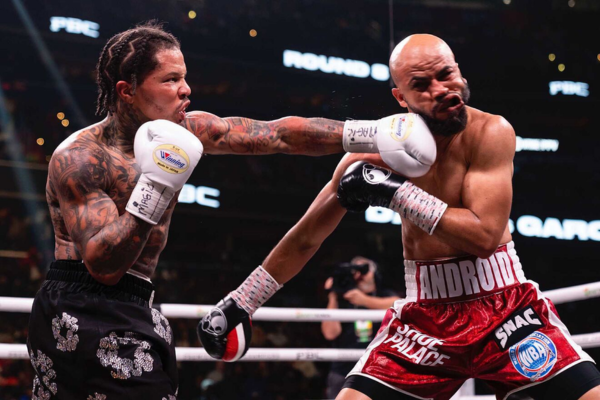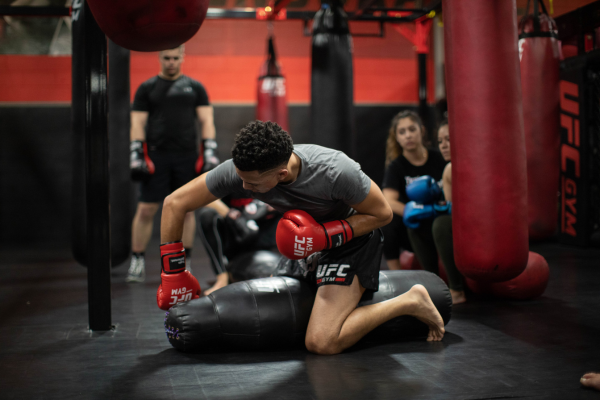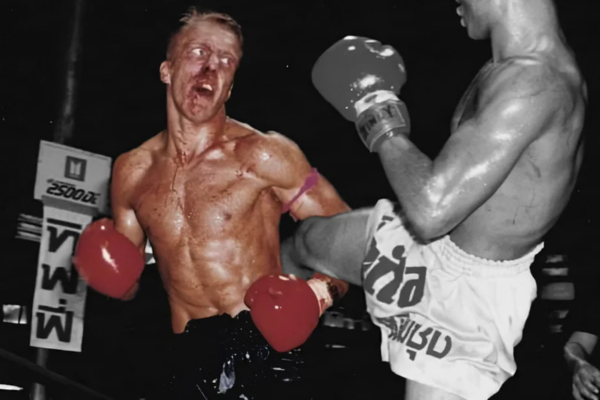From amateur to pro: How to become a professional kickboxer

Kickboxing is a sport that is all about dedication, discipline and mental strength. Many fighters start at a young age in a local gym, dream of big tournaments and eventually hope to make the step to the professional circuit. But what does that actually entail? What does the path from enthusiastic amateur to professional kickboxer look like in practice?
In this blog we will take you through the different stages of that journey. We will look at the training routine, the importance of competitions, mental development and the role of coaches and promoters. Whether you are considering taking that step yourself or are just curious about how fighters develop, this blog will give you a unique behind-the-scenes look at the road to the top.
Laying the foundation: starting as an amateur

Most fighters start their kickboxing journey in a local gym. Here they learn the fundamentals: stance, punching, kicking, defense, and combinations. This phase is all about motor skills, discipline, and building confidence in yourself. You train several times a week and start with light sparring sessions to get a feel for distance and timing.
Amateurs often participate in local events or interclubs. These are low-threshold competitions without a result or with modified rules, aimed at gaining experience in a controlled environment. The goal is not to win directly, but to learn to deal with tension, learn to move under pressure and receive feedback from your coach. This forms the foundation on which you can build later.
Breaking into the amateur scene: more than just talent
Once you train regularly and gain some experience in competitions, you enter the official amateur circuit. Here stricter rules apply and you have to prove that you are technically and mentally ready to fight with protection and under real competition conditions. This is the phase where dedication makes the difference. Your schedule becomes more intensive and you start training more purposefully for specific opponents.
In addition to physical development, mental resilience now plays a major role. You learn to deal with losses, disappointments and expectations. External factors such as weight management, nutrition and recovery are also increasingly coming to the fore. Those who distinguish themselves in this phase not only show technique, but also a strong character and the will to grow
The transition to professional kickboxing
The transition from amateur to professional fighting is not just a step up; it is a change of mindset, responsibility and lifestyle. As a pro, you fight without protectors, for longer rounds and often against heavier opponents. You have to become a fighter who can not only compete, but also entertain, because as a pro, it is not only about winning, but also about the audience and promotion.
Often this step comes after winning several amateur matches or winning a national championship. Coaches and promoters keep a close eye on talent and may invite you to pro matches at smaller galas. Applying for a license and registering professionally are then the first official steps towards a career as a full-time kickboxer.
Training like a pro: from hobby to lifestyle

Where you might train three or four times a week as an amateur, that changes completely as a pro. Daily training sessions become the norm, often spread over two or three moments a day. In addition to technique training, strength and endurance training, mental coaching , nutrition schedules and recovery methods such as massages and ice baths are also involved.
Every session is focused on results and progression. Everything revolves around the next match: analyzing your opponent, working on your weaknesses, and perfecting your strategy. The life of a pro is physically demanding, but mentally even more so. There is little room for distraction or excuses. Success does not come from talent alone, but above all from consistency and discipline .
Competition experience and building a name
As a professional fighter, it’s all about performance. Every fight is a chance to prove yourself, gain fans and convince promoters of your worth. Your record (wins, losses, knockouts) becomes your calling card and determines whether you get booked for bigger events.
At the same time, your name becomes a brand. You work on your appearance, your behavior outside the ring, and your presence on social media. A professional kickboxer is not only an athlete, but also a public figure. The more famous you are, the more opportunities you get: better opponents, bigger stages, and eventually perhaps even international fame.
Obstacles along the way and how to deal with them
The path to professional kickboxing is rarely a straight one. Injuries, mental dips, financial challenges, and personal doubts are all part of the journey. Many fighters struggle with insecurity, especially when results aren’t forthcoming or the pressure is mounting. The key is to seek support: from your coach, teammates, family, or even a sports psychologist.
Learning to deal with setbacks is essential for growth. Every defeat contributes to your development, as long as you are willing to learn. Many pros describe their toughest moments as the most important lessons of their careers. Because those who persevere, learn, and keep building, will ultimately be stronger in and out of the ring.
The road to professional kickboxing is one of dedication
From the first training session in a local gym to the big stages of GLORY or ONE Championship — the journey to becoming a professional kickboxer is long, challenging, and inspiring. It takes more than just physical strength; it takes character, discipline, and the courage to get back up again and again.
Are you ready to get the most out of yourself? Then check out our professional kickboxing equipment and take the first step towards your dream today!
What would be your biggest challenge on the road to professional kickboxing? Let us know in the comments!
 Nederlands
Nederlands English
English Deutsch
Deutsch Français
Français


Goede uitleg, hoe belangrijk denken jullie dat social media tegenwoordig is om als professioneel kickbokser door te breken?
Leave a comment